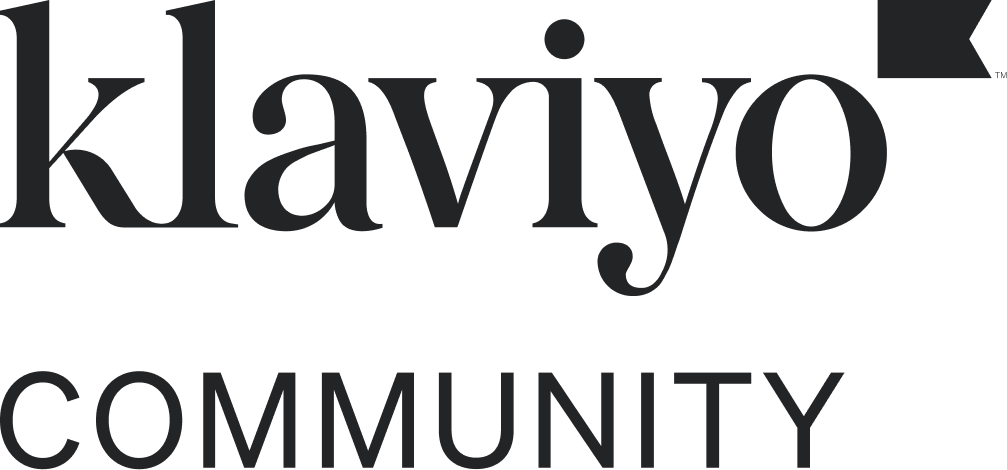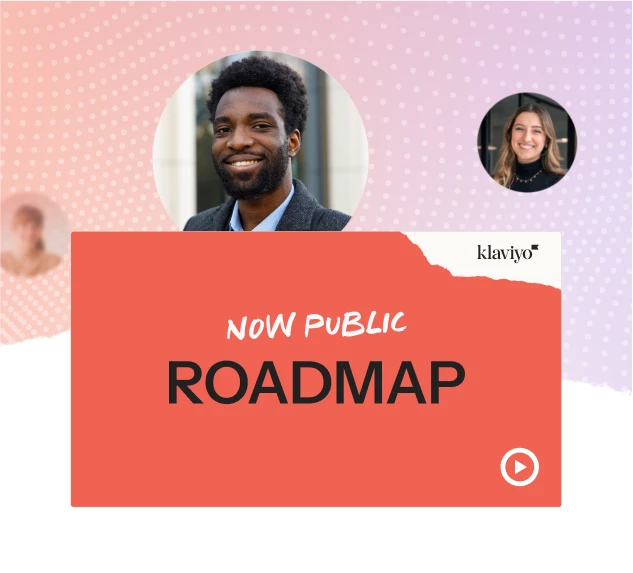Our team at Hazel Village, an ethically-made stuffed animal company based in Brooklyn, has always said we are a design-first company.
The world of Hazel Village is grounded in our aesthetic of industrious early 20th-century American design. Every decision we make when marketing always starts with the following question: Do the aesthetic choices these assets display communicate the Hazel Village brand and ethos?
It’s only after we decide the answer is an enthusiastic “Yes!” that we take into consideration marketing best practices. That way, our content is not only accessible, but can also successfully reach new customers and engage existing ones.
Historically, image-heavy email campaigns have been known to negatively impact deliverability and accessibility. We took that into consideration for a long time when developing our email marketing, but we never felt that hybrid email design (only live text mixed with images) communicated the brand or our products to the extent that is possible with a more visual-based email design.
Over the years, we have developed a series of tips and tricks for making image-heavy email campaigns that do not disrupt deliverability and are as accessible as we can possibly make them. Our deliverability score on Klaviyo is 95—not shabby!
Here’s how we did it:
Live text headers and footers with a PNG logo
Always use a transparent PNG or SVG for your logo so that it can convert to dark mode easily! You should also include live text links and important information in the header and footer so that at least part of the email always loads immediately.
In the photo below, notice how our header includes 3 important links (on mobile it switches to just “SHOP NOW”). Our footer, similarly, contains all the links a subscriber may need, information on subscribing to SMS, and other important subscription and preferences information.
An on-brand font that is available on all email providers
For the parts of our emails that are live text, we were lucky that Courier New fits the old-timey Hazel Village vibe and is also available across all email platforms. It’s important to us that all parts of our emails are aligned with the Hazel Village brand, even the administrative information!
Email body split into multiple images
The bodies of our emails are always one long image. We create an artboard that is about 1000 pixels wide and about 3000 pixels long, and we design the email in that format.
Once the team approves the email, we always export the image in multiple parts, so each image ends up being about 1000x1000 pixels. This means the email consists of several images rather than one enormous photo, which keeps load times to a minimum.
Descriptive, comprehensive alt text
For the longest time, we didn’t know that alt text can be as long as you want it to be! Now, we make sure to include alt text on every image. This alt text includes all of the text within the email, in addition to a description of any pictures.
For example, the alt text for the top part of our example email might be, “Huzzah for Vegetables! The title is surrounded by a drawing of garlic on one side and a drawing of a cucumber on the other. The text and drawings are inside of a semi-circular box overlaying a hand-drawn toile background featuring scenes from the Hazel Village farm. Below the title is a photo of Flora Fox wearing a lettuce costume and cucumber booties. Flora is pictured amongst her garden bounty clothes and accessories, including another carrot backpack, cucumber booties, a garlic hat, tomato beret, a gardening print apron, and a gardening print shirt.”
Adding alt text ensures that our emails are as accessible as possible, and that screen readers can easily read them.
Bonus: Engagement-based segmentation
While this one is only tangentially related to visual design, we have found that doing lots of engagement-based segmenting means that our email recipients are very engaged and invested in the content we’re sending them. The higher your open rates and click rates, the better your deliverability!
Being able to make charming and visually appealing emails while also making it into as many inboxes as possible has been a challenge that we have been slowly tackling over the years.
Let me know in the comments:
What difficulties have you encountered when focusing on design-first marketing? Do you have any other tips and tricks for improving deliverability on image-heavy emails?





